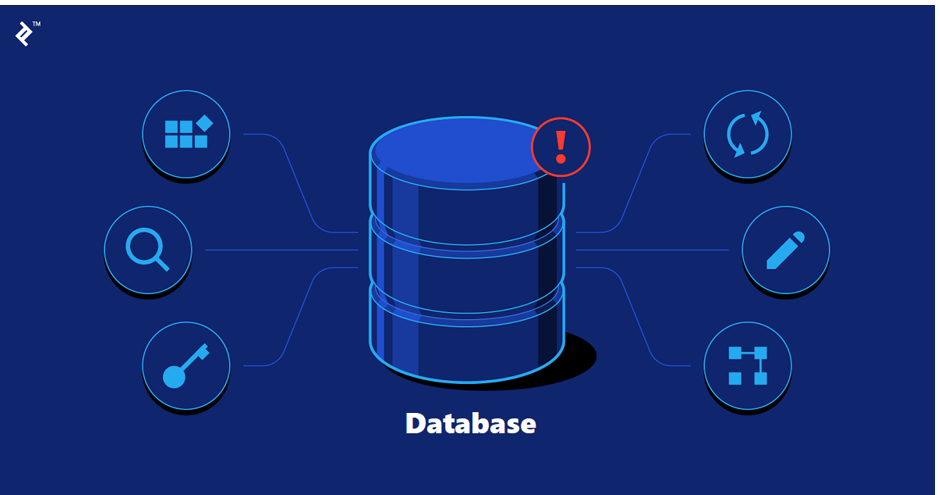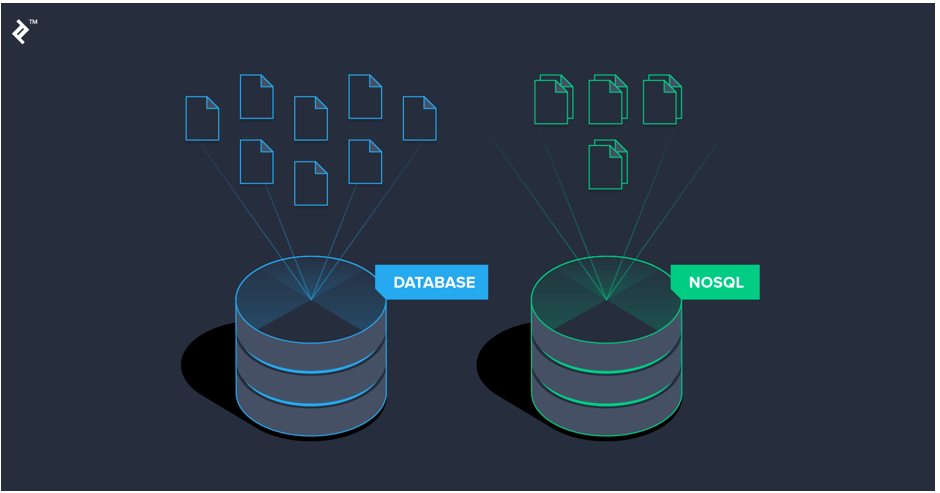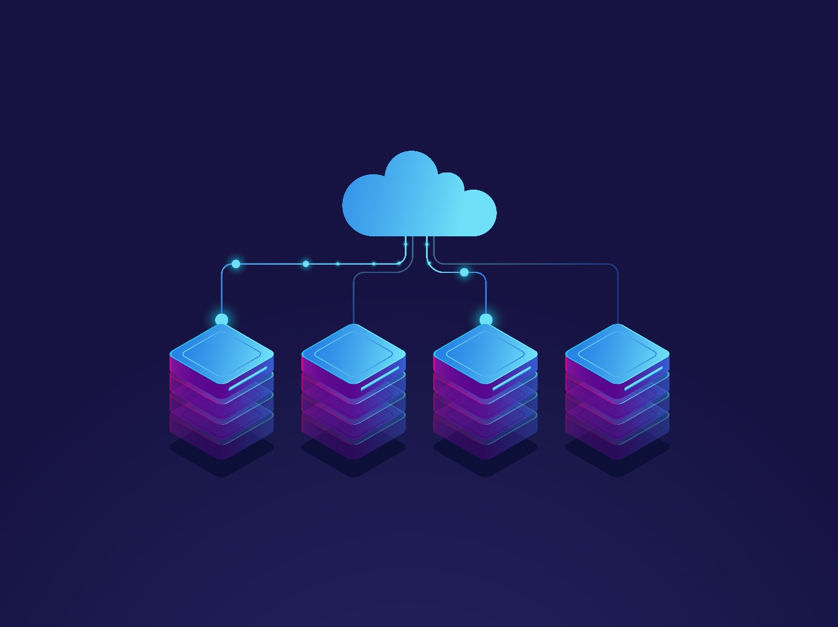Document Databases vs Relational Databases: Which One To Choose?


In my opinion, relational databases and document databases are two major actors that have dominated the database management industry for decades. Every kind has advantages and disadvantages, and whatever one you choose might have a big influence on your application’s scalability and performance. This article will examine the features of relational and document databases, as well as their applications, and help anyone to make the right and informed choices and decisions.
I will break it down to :
- Knowing the Fundamentals
- A Comparative Analysis of Document Databases and Relational Databases
- Actual Cases
- Elements Affecting Your Choice
- Conclusion
Knowing the Fundamentals

- Relational Databases
Information is arranged into tables with rows and columns using relational databases like Oracle, PostgreSQL, and MySQL. A schema outlining the connections between several tables defines the structure. These databases guarantee data integrity and dependability by adhering to the ACID (Atomicity, Consistency, Isolation, Durability) principles.
- Documents Databases
On the other hand, data is stored as flexible, JSON-like documents in document databases like MongoDB, CouchDB, and RavenDB. Because these databases lack schemas, hierarchical and dynamic data structures are possible. Scalability and the capacity to handle unstructured or semi-structured data are well-known features of document databases.
In the ever-evolving world of data storage, choosing the right database for your project can be a daunting task. Two dominant players in the field are relational databases and document databases, each with its own strengths and weaknesses. Understanding these differences is crucial for making an informed decision and ensuring your data is stored, accessed, and managed efficiently.
A Comparative Analysis of Document Databases and Relational Databases

Relational Databases
Relational databases, like MySQL and PostgreSQL, have been the industry standard for decades. They are based on the relational model, which organizes data into tables with rows and columns. Each table represents an entity, like customers or products, and columns store specific attributes of that entity, such as names, addresses, or prices.
Relational Databases Excel At:
- Data consistency and integrity: The strict schema and relationships between tables ensure data accuracy and prevent inconsistencies.
- Complex queries: SQL, the structured query language, allows for powerful and precise data retrieval based on various criteria and relationships.
- Transactions: ACID transactions guarantee data consistency even in case of errors or failures.
However, Relational Databases also have limitations:
- Schema rigidity: Adding new data types or fields requires altering the schema, potentially impacting existing applications.
- Performance bottlenecks: Complex joins and queries can become slow as data volume grows.
- Limited scalability: Scaling relational databases horizontally can be challenging and expensive.
Document Databases
Document databases, like MongoDB and Couchbase, offer a more flexible approach to data storage. They store data in documents, which are self-contained units of information with flexible schema. Documents can have any structure, containing various data types like text, numbers, arrays, and even nested documents.
Document databases shine in areas where relational databases struggle:
- Schema flexibility: Documents can evolve and adapt to changing data needs without altering the database schema.
- Scalability: Document databases easily scale horizontally by adding more nodes to the cluster.
- Performance for unstructured data: Queries on documents are often faster than complex joins in relational databases.
However, Document Databases also have drawbacks:
- Data consistency: Ensuring data consistency across documents can be more complex than in relational databases.
- Complex queries: Document-specific query languages might require additional learning compared to SQL.
- Transactions: ACID transactions are not always supported in document databases, potentially leading to data inconsistencies.
So?
The choice between relational and document databases hinges on a nuanced understanding of your project’s specific needs and priorities. If rigidity and consistency reign supreme, with well-defined schema and complex queries involving intricate relationships, then relational databases remain the gold standard. Their ACID transactions safeguard data integrity, while SQL empowers precise data retrieval. However, when agility and scalability take center stage, document databases come into their own. They readily adapt to evolving data models, effortlessly scale horizontally, and excel in handling unstructured data like text and multimedia. The flexibility of documents fosters rapid application development, ideal for projects embracing change.
Ultimately, there’s no one-size-fits-all solution. Hybrid approaches, leveraging both relational and document databases, can cater to projects demanding diverse data management needs. The key lies in understanding the trade-offs and aligning your choice with the strengths of each architecture. Whether you prioritize the structured rigor of relational databases or the flexible agility of document databases, remember, the ideal tool empowers you to manage your data efficiently, enabling impactful insights and driving success for your project.
Actual Cases

- Situation with Relational Databases
Imagine a banking application where account records, transactions, and client data are closely related to one another. For managing transactions, preserving the accuracy of financial data, and guaranteeing consistency across tables, a relational database would be a good choice.
- Document Database Situation
Envision an article in a content management system (CMS) with customizable fields, authors, and tags. In this case, a document database would be ideal as it would enable the easy addition of new properties to documents without requiring changes to the database structure as a whole.
Choosing the Option
- Assess Your Data Model: Examine your data structure to see whether it makes more sense to display it in tabular form with relationships clearly defined, or if it is more flexible and nested.
- Think About Development Speed: A document database could be a better option if your project calls for quick development cycles and frequent data model modifications.
- Scalability Needs: Evaluate your application’s scalability needs. A document database could provide a more direct answer if horizontal scalability is essential.
- Query Complexity: Determine how sophisticated your queries are. An application that makes extensive use of sophisticated joins and transactions could be better suited for a relational database.
- Community & Support: Take into account the ecology that surrounds each kind of database as well as the degree of community support. Keeping current with best practices and troubleshooting might be aided by a vibrant community.
Elements Affecting The Choice

- Complexity of Data Structures
- Relational databases are best suited for applications with consistent and well-defined schemas. A relational database might be a smart choice if your data is organized consistently and has obvious connections.
- Document databases are appropriate for applications that work with a variety of dynamic data formats. A document database can handle the intricacies of semi-structured, nested, or hierarchical data more easily.
- Qualifications for Scalability
- Relational Databases: Upgrading hardware via vertical scaling is a popular strategy for relational databases. Although this has its limitations, document databases are better at horizontal scaling, they can spread data across many servers for increased speed.
- Document databases: With its horizontal scaling design, document databases are ideal for applications requiring flexibility and the capacity to expand without interruption as data volumes rise.
- Flexibility in Development
- Relational databases: Need a predetermined schema, and in big systems, changing the schema may be difficult. This calls for cautious planning and may delay down progress.
- Document databases: Let developers modify the data model as the application changes by allowing for dynamic schemas. Because of their speedy development cycles, document databases are the better choice for agile projects.
- Complexity of the Query
- Relational databases: Use Excel to create intricate queries with many tables and connections. For queries and reporting, SQL offers a standard language, which is useful for applications requiring complex data retrieval.
- Document databases: Quickly process queries ranging from basic to somewhat sophisticated. Relational databases may be more skilled at managing complicated joins and transactions than document databases, even if certain document databases offer strong query languages.
Conclusion

The decision between a relational database and a document database in the ever-changing world of database administration is based on the particular needs of your application. Each kind has advantages, and in order to choose wisely, one must be aware of the subtle differences between the two. The best database solution will be found for your project if the demands of the project are carefully considered, regardless of whether you value scalability, development speed, or data integrity. In the end, there isn’t a single solution that works for every situation; rather, the optimal option is the one that best suits the particulars and objectives of your application. After this explanation, I can conclude that;
Choose a relational database if:
- Your data has a well-defined and predictable schema.
- You need to enforce strict data integrity and consistency.
- You perform complex queries involving joins and relationships between tables.
- You prioritize data security and ACID transactions.
Choose a document database if:
- Your data is unstructured or evolves frequently.
- You need horizontal scalability and high performance for read-heavy workloads.
- You value developer agility and rapid application development.
- You primarily work with unstructured data like text, images, or JSON.
References
APA ITU relational database? – Amazon web services (AWS). (n.d.). Amazon Web Services, Inc. https://aws.amazon.com/id/relational-database/
Document database. (2023, June 9). Redis. https://redis.com/nosql/document-databases/
Foote, K. D. (2023, November 29). Fundamentals of document databases. DATAVERSITY. https://www.dataversity.net/fundamentals-of-document-databases/
Human verification. (n.d.). Human Verification. https://www.dicoding.com/blog/mengenal-apa-itu-relational-database/
Relational databases vs document databases. (n.d.). Prisma’s Data Guide. https://www.prisma.io/dataguide/types/relational-vs-document-databases
What is a relational database (RDBMS)? | Google cloud. (n.d.). Google Cloud. https://cloud.google.com/learn/what-is-a-relational-database#:~:text=
What is a relational database? (n.d.). Oracle | Cloud Applications and Cloud Platform. https://www.oracle.com/id/database/what-is-a-relational-database/

